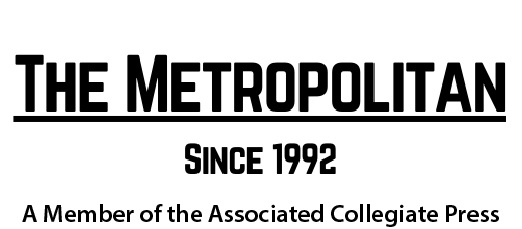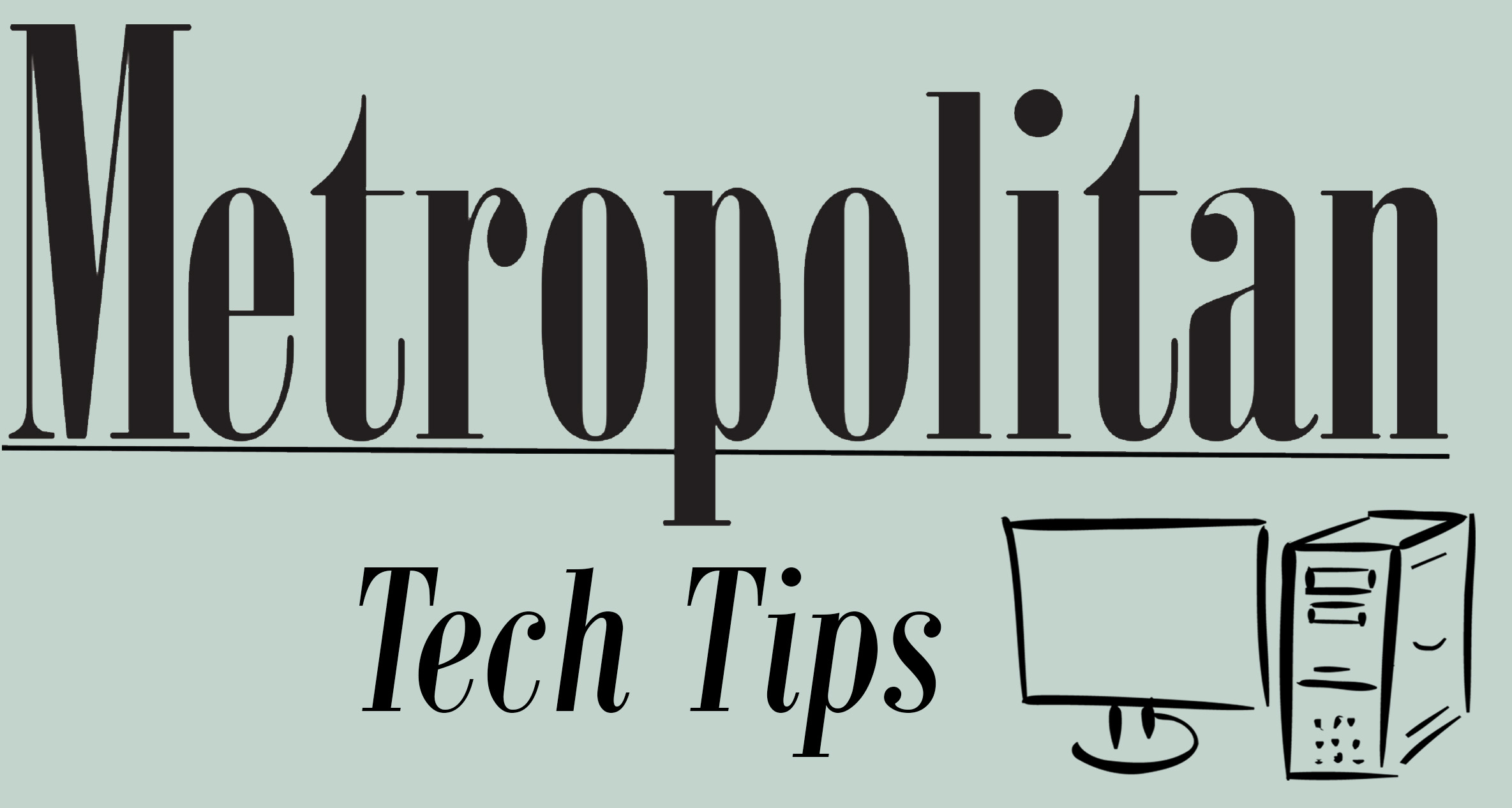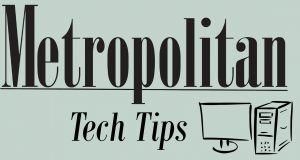Sandip Rai
Share:
This is a mobile age. We spend much more time on our phones than we do on our laptops or PCs. Most of us browse the interest most frequently on our phones.
Responsive web design can provide a good mobile web experience, but, for me, there’s always a feeling that something is missing or inaccessible.
When websites are scaled down for a mobile screen, it results in a vertical linear frame. If there is a lot of content, users have to do a lot of scrolling to reach the the end of the page.
Mobile apps can offer a better mobile web experience—and a lot less scrolling. This is evidenced by the mobile apps for Facebook, Twitter, The New York Times and the Guardian.
Universities around the country have started taking the initiative to go mobile. Harvard, Georgetown, MIT—even our neighbor St. Paul College—already have mobile apps.
The St. Paul College app is the best college app I have seen yet. With a sleek interface, this app provides fast access to the campus calendar, plus quick links to D2L and student email.
Metro State can and should take a similar initiative to go mobile and provide students better accessibility features.
Having to open a browser, then type the web address, scroll up/down, navigate links, and finally clicking the required link is always a hindrance. The new Metro State website has resolved most of these irritations. But doing these steps every time on a small mobile screen is not a pleasant experience.
I think a mobile app similar to St. Paul College’s would be welcomed by Metro State students. It would give us a much more convenient way to browse the university’s website links and pages.
Another model for a new Metro State app is Brightspace’s Pulse app. It is simple for students to use the Pulse app to browse their D2L courses, view grades, write discussion posts, open course contents and check deadlines.
Besides quick access to student email and D2L, a Metro State mobile app should present most of the go-to links of the website. Finding campus events, adding events to a personal calendar, joining student organization information—all in an app—would be beneficial to students, staff and faculty alike.
Building an app is certainly an extensive task that requires making multiple versions to accommodate iPhone and Android users. It also requires listening to user feedback, maintaining support, resolving bugs, and so on.
But in the end, the advantages of it certainly outweighs the concerns. An app pushes Metro State a step forward in the mobile domain while providing a more accessible experience for student users.



